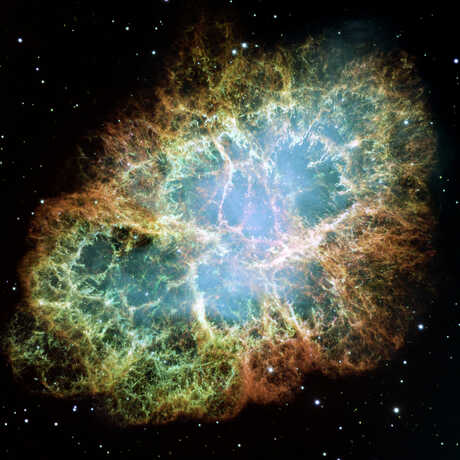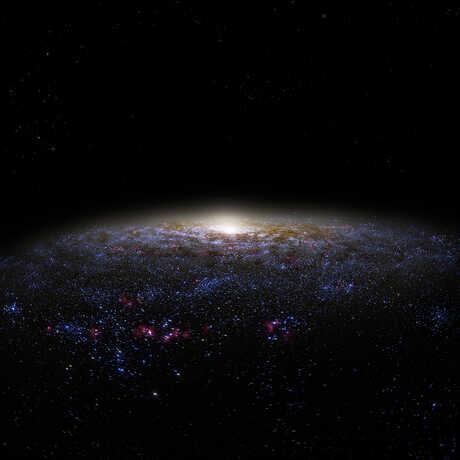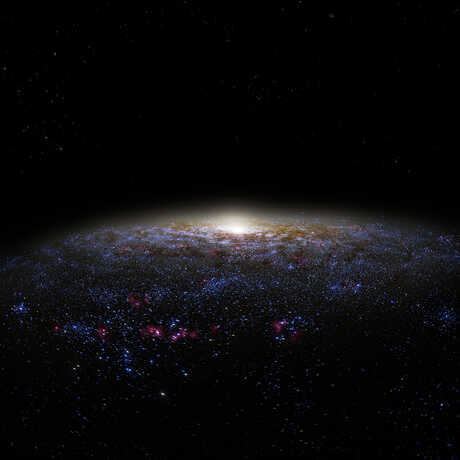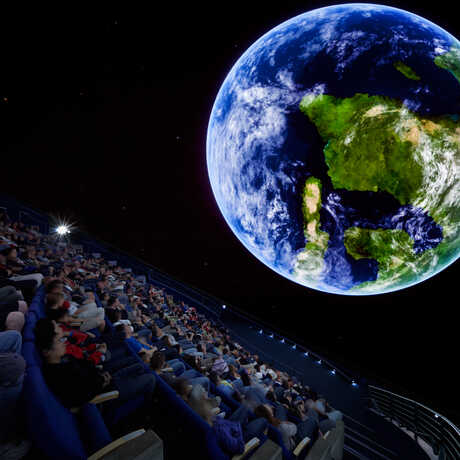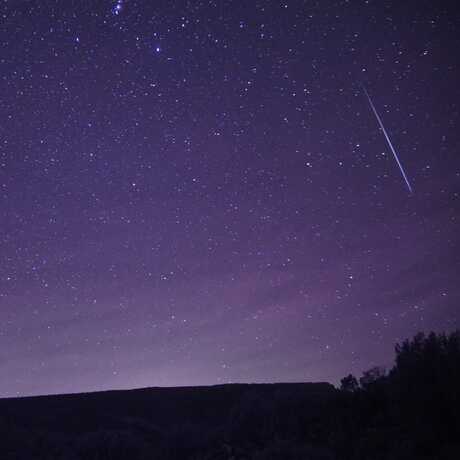Living Worlds
Whether earthly or alien, all life leaves a trace. Join narrator Daveed Diggs on a journey through space and time to discover how life makes Earth liveable, where it could be found elsewhere in the cosmos, and what new technologies we might use to find it. Along the way, you’ll learn how light and color can help us spot other living worlds even from vast distances—and develop a new appreciation for the one-of-a-kind planet right beneath our feet.
Living Worlds is not currently playing at Morrison Planetarium. To license this show, please visit our Fulldome Show Licensing page.
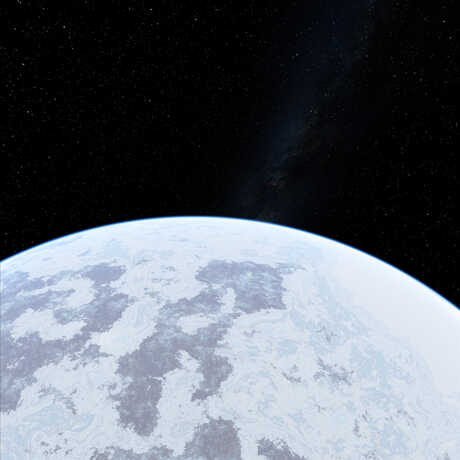
From oven to icebox
More than 2 billion years ago, Earth was plunged into a deep freeze. Epic meteor impact? Nope: scientists suspect microbes. Among other things, tiny photosynthetic organisms produced enough oxygen to convert the abundant atmospheric methane into carbon dioxide and water, bringing below-zero temperatures to much of the planet and triggering a mass extinction. As shown by the complex interrelationship between creatures and climate, Living Worlds reveals the surprising ways life and Earth evolve in tandem.
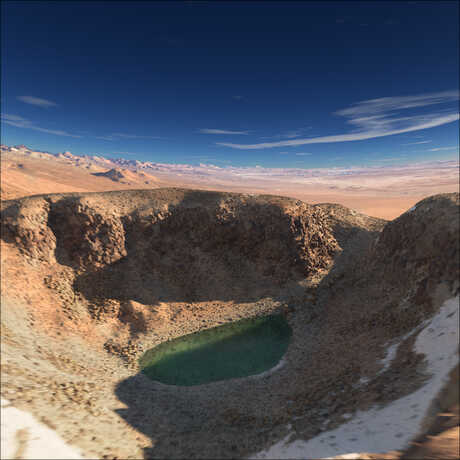
Life finds a way
Life on Earth can sometimes look pretty alien. Living Worlds features a stunning visualization of the bizarre-looking Cabrolae amoeba, discovered in 2009 in a crater lake atop a 19,400-foot volcano in the Chilean Andes. The unforgiving conditions in which this single-celled organism was found inspire astrobiologists to search for life in some of the cosmos’ harshest habitats—and explain why scientists often use northern Chile as a proxy for arid, frigid Mars.
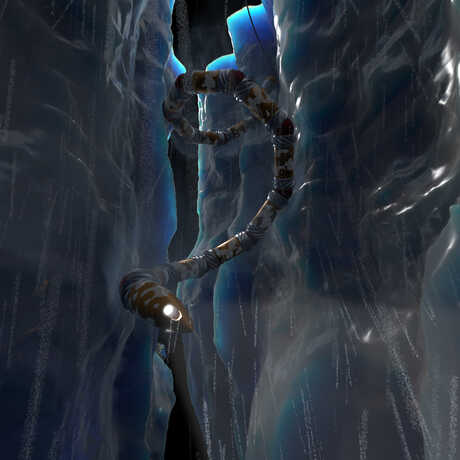
Investigating Enceladus
With evidence of a world-spanning subsurface ocean of liquid water and the suggestion of possible deep-sea hydrothermal vents, Enceladus, the sixth-largest of Saturn’s 82 moons, is an intriguing contender for a living world. Scientists have designed a concept for a flexible robot called Exobiology Extant Life Surveyor (EELS) that could navigate through Enceladus’s miles-thick ice layer to find aquatic life.
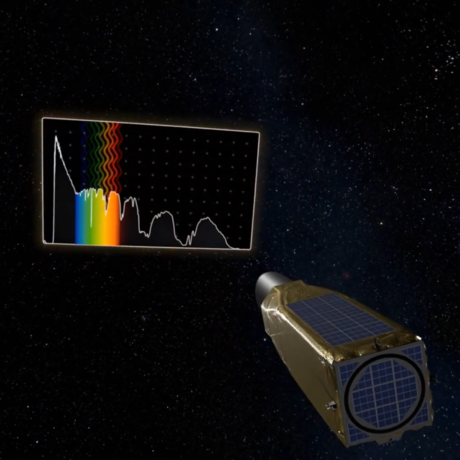
Spectral fingerprints
How can we detect life on other worlds too distant for spacecraft to visit? By letting planets show their true colors. The James Webb Space Telescope (JWST), slated for launch later this year, will use spectroscopy to search for signs of life, or biosignatures, on faraway exoplanets based on the unique colors of their atmospheric chemistry. Scientists are also on the hunt for technosignatures such as radio emission and the spectral signatures of industrial pollutants that could indicate the presence of advanced civilizations.





